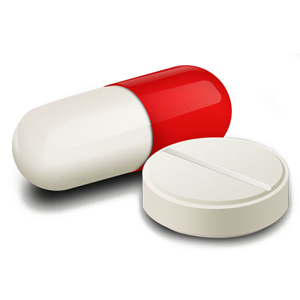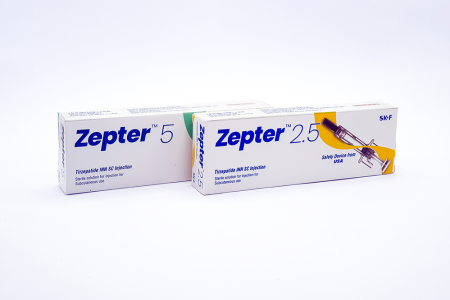

Indications
Ovarian Cancer: Gemtor in combination with carboplatin is indicated for the treatment of patients with advanced ovarian cancer that has relapsed at least 6 months after completion of platinum-based therapy.
Breast Cancer: Gemtor in combination with paclitaxel is indicated for the first-line treatment of patients with metastatic breast cancer after failure of prior anthracycline-containing adjuvant chemotherapy, unless anthracyclines were clinically contraindicated.
Non-Small Cell Lung Cancer: Gemtor is indicated in combination with cisplatin for the first-line treatment of patients with inoperable, locally advanced (Stage IIIA or IIIB), or metastatic (Stage IV) non-small cell lung cancer.
Pancreatic Cancer: Gemtor is indicated as first-line treatment for patients with locally advanced (nonresectable Stage II or Stage III) or metastatic (Stage IV) adenocarcinoma of the pancreas. Gemtor is indicated for patients previously treated with 5-FU.
Pharmacology
Gemcitabine is a synthetic pyrimidine nucleoside and cytarabine analogue which is metabolised intracellularly to active diphosphate and triphosphate nucleosides. It inhibits DNA synthesis by inhibiting DNA polymerase and ribonucleotide reductase. It also induces apoptosis and is primarily active against cells in the S-phase, but may also arrest cells at the G1-S border.
Dosage & Administration
Intravenous (Adult)-
Advanced non-small cell lung cancer: 1000 mg/m2 on days 1, 8 and 15 of each 28-day cycle; or 1250 mg/m2 on days 1 and 8 of each 21-day cycle.
Pancreatic carcinoma: 1000 mg/m2 once wkly for up to 7 wk followed by 1 wk of rest. Continue thereafter with once wkly infusions for 3 consecutive wk out of 4.
Ovarian carcinoma: To be given before carboplatin: 1000 mg/m2 on days 1 and 8 of each 21-day cycle.
Breast cancer: Usually in combination with a taxane such as paclitaxel: 1250 mg/m2 on days 1 and 8 of each 21-day cycle.
Bladder cancer: To be given before cisplatin. 1000 mg/m2 on days 1, 8 and 15 of each 28-day cycle.
Interaction
May increase the anticoagulant effect of warfarin when used together.
Contraindications
Concurrent radical radiotherapy; pregnancy, lactation; hypersensitivity
Side Effects
Bone marrow suppression as manifested by leukopenia, thrombocytopenia, anaemia and myelosuppression. Mild GI effects; rashes; renal impairment, pulmonary toxicity, influenza-like symptoms; interstitial pneumonia, pulmonary oedema. Proteinuria, haematuria and haemolytic uraemic syndrome. Elevation of serum transaminase.
Pregnancy & Lactation
Category D: There is positive evidence of human foetal risk, but the benefits from use in pregnant women may be acceptable despite the risk (e.g., if the drug is needed in a life-threatening situation or for a serious disease for which safer drugs cannot be used or are ineffective).
Precautions & Warnings
Children, hepatic and renal impairment. May impair ability to drive or operate machinery. Discontinue on 1st sign of microangiopathic haemolytic anaemia. Prolonged infusion time (>60 minutes) and more frequent than wkly dosing may increase toxicity. Monitor CBC before every dose. Increased risk of haemolytic uraemic syndrome and/or thrombocytcpenic purpura which may lead to irreversible renal failure.
Storage Conditions
Store at 25° C.











